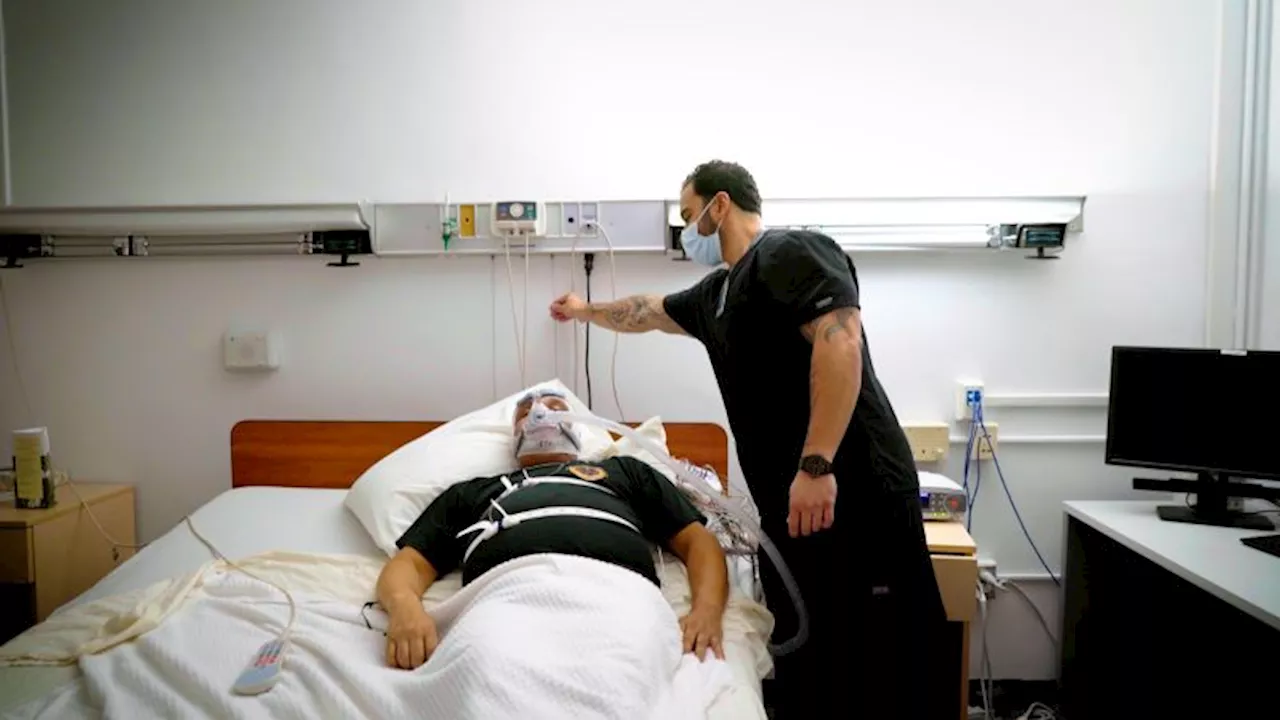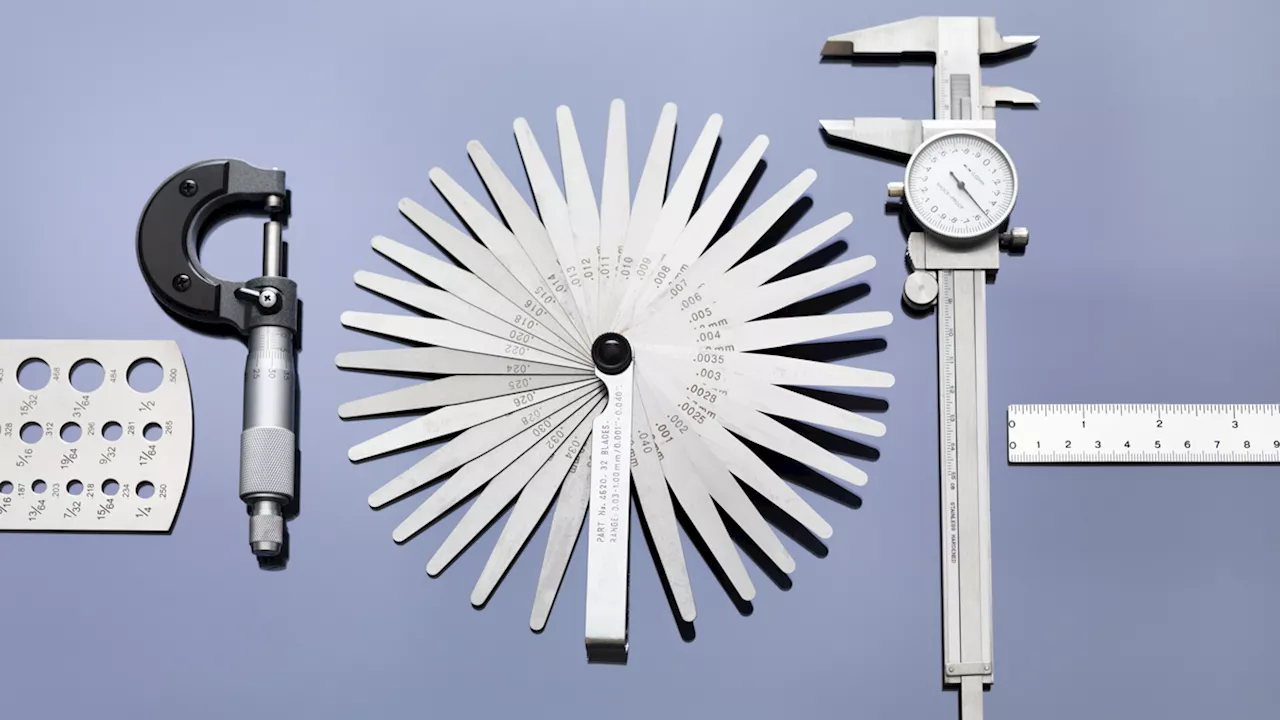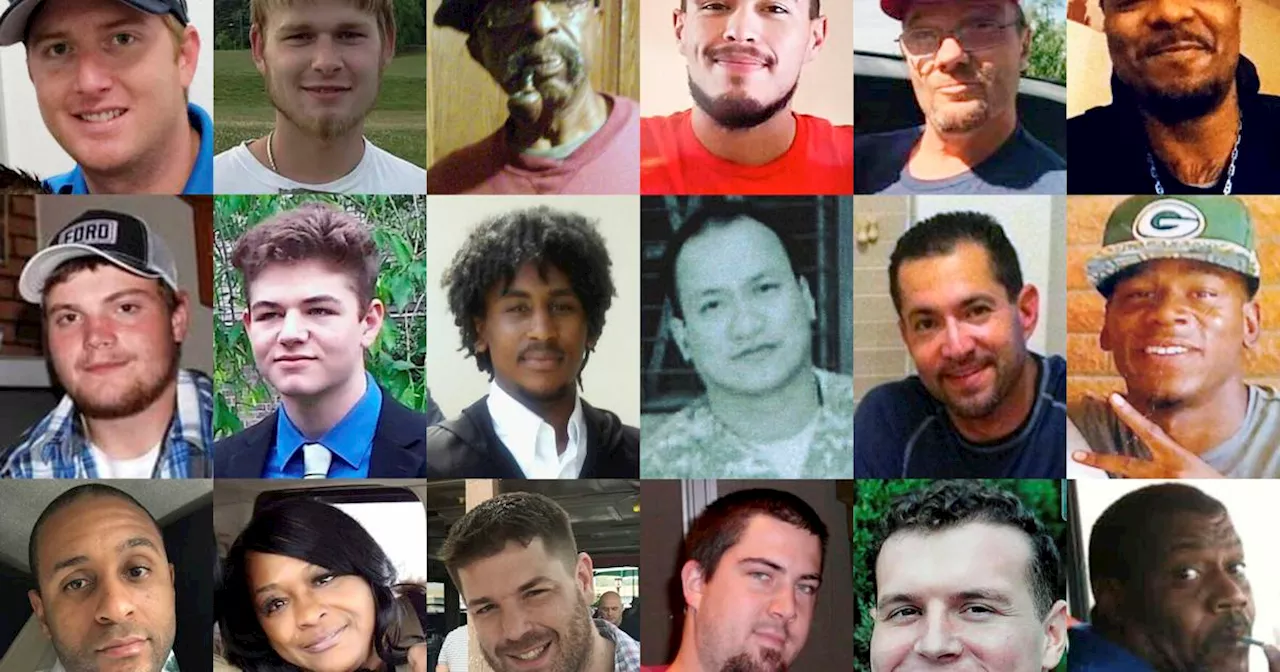Every day, police in the U.S. rely on common use-of-force tactics that, unlike guns, are meant to stop people without killing them. But when misused, these tactics can still end
By REESE DUNKLIN, RYAN J. FOLEY, JEFF MARTIN, JENNIFER McDERMOTT, HOLBROOK MOHR and JOHN SEEWER - Associated Press Carl Grant, a Vietnam veteran with dementia, wandered out of a hospital room to charge a cellphone he imagined he had. When he wouldn’t sit still, the police officer escorting Grant body-slammed him, ricocheting the patient’s head off the floor.
Every day, police rely on common tactics that, unlike guns, are meant to stop people without killing them, such as physical holds, Tasers and body blows. But when misused, these tactics can still end in death — as happened with George Floyd in 2020, sparking a national reckoning over policing. And while that encounter was caught on video, capturing Floyd’s last words of “I can’t breathe,” many others throughout the United States have escaped notice.
“We were robbed,” said Carl Grant’s sister, Kathy Jenkins, whose anger has not subsided four years later. “It’s like somebody went in your house and just took something, and you were violated.” The federal government has struggled for years to count deaths following what police call “less-lethal force,” and the little information it collects is often kept from the public and highly incomplete at best. No more than a third of the cases the AP identified are listed in federal mortality data as involving law enforcement at all.
In hundreds of cases, officers repeated errors that experts and trainers have spent years trying to eliminate — perhaps none more prevalent than how they held someone facedown in what is known as prone restraint. One of the last hopes for accountability from inside the system — what are known as death opinions — also often exonerated officers. The medical examiners and coroners who decide on these did not link hundreds of the deaths to force, but instead to accidents, drug use or preexisting health problems, sometimes relying on debunked science or incomplete studies from sources tied to law enforcement.
“The only way to get down to zero is to get rid of policing,” Moskos said, “and that’s not going to save lives either.” At a second house about a half-mile away, police found him sitting in a porch chair. When he didn’t follow an order to get off the porch, a different officer pushed him down the stairs, according to previously unreleased body-camera video. Grant gashed his forehead in the fall.
“He’s almost 70 and confused,” Grant’s partner, Ronda Hernandez, said. “That’s what I don’t get. You just don’t do that to old people.” The disproportionate representation of Black people tracks research findings that they face higher rates and severity of force, and even deaths. The Department of Justice has found after multiple investigations that Black people accounted for more unjustified stops for minor offenses, illegal searches that produced no contraband, unnecessary force, or arrests without probable cause.
When an officer touched Ivy to detain him — a known trigger for some with severe mental illness — police say Ivy began to resist. An officer fired a Taser, then Ivy fled. Officers caught up and beat him with batons, shocked him several more times with a Taser, put him facedown and got on top of him. By the time they rolled Ivy over, he’d stopped breathing.
When force goes wrongWhen people died after police subdued them, it was often because officers went too fast, too hard or for too long — many times, all of the above. In 2019, the mother of Taylor Ware, the former Marine with college plans, called 911 when he wouldn’t get back in their SUV during a manic episode caused by bipolar disorder. She told the dispatcher Ware would need space and urged police to wait for backup because he was a former wrestler and might be a handful — advice that tracked best practices, yet wasn’t followed.
A police news release said Ware had a “medical event,” an explanation that echoes how police first described George Floyd ’s death. The prosecutor in Indiana declined to bring charges and praised officers for “incredible patience and restraint.” His office’s letter brushed past or left out key details: multiple dog bites, multiple stun-gun shocks, prone restraint and an injection of the powerful sedative ketamine.
Two experts who reviewed the case for the AP said police actions — such as the order for the dog to attack, the use of a Taser in the sternum and restraint facedown with handcuffs and back pressure — contributed to Ware’s death. What led up to the force was sometimes unclear. In more than 100 cases, police either withheld key details or witnesses disputed the officer’s account — and body-camera footage didn’t exist to add clarity. But in about 45% of cases, officers became physical after they said someone tried to evade them or resist arrest for nonviolent circumstances. Some sprinted away with drugs, for example, or simply flailed their arms to resist handcuffs or wiggled around while held down.
“If you’re talking, you’re breathing, bro,” an officer, repeating a common myth about prone restraint, told a Florida man following 12 shocks from stun guns. At 5 feet, 5 inches tall and 146 pounds, Nunis quickly found himself pinned by several officers — each at least 80 pounds heavier than him. Although his body turned still, they kept pressing, wrapped him in a full-body restraint device and put a spit mask on him. From just 10 feet away, his daughter tried to console him in his final minutes: “Daddy, just breathe.”
The officer said under oath that he hadn’t read any warnings, including those from Taser manufacturer Axon Enterprise Inc., about the risks of shocking the elderly or people who could be injured if they fell. He testified that Downen was “armed with rocks,” but a witness told police Downen never raised his hands to throw them. The police chief cleared the officer, though a police expert hired by the family found he failed to follow accepted practices.
Rather than fire their pistols that night in 2018, two of the officers used their Tasers and managed to handcuff Stelzer, 25, as he thrashed on the floor. Stelzer stopped breathing, and the officers could not revive him. The local prosecutor determined they had handled the situation appropriately and would have been justified in shooting Stelzer because he presented a lethal threat.
In 2000, Congress started trying to get the Justice Department to track deaths involving law enforcement. The department has acknowledged its data is incomplete, blames spotty reporting from police departments, and does not make whatever information exists publicly available. In 2017, leading pathologists recommended adding a checkbox to the U.S. standard death certificate to identify deaths involving law enforcement — as is already done with tobacco use and pregnancy. They argued better data could help inform better practices and prevent deaths. However, the proposal hasn’t gained traction.
United States Latest News, United States Headlines
Similar News:You can also read news stories similar to this one that we have collected from other news sources.
 Oscars fashion through the years: Every dress worn by every best actress winnerCheck out every best actress winner's look, from Audrey Hepburn's white Givenchy dress to Cher's sheer Bob Mackie ensemble.
Oscars fashion through the years: Every dress worn by every best actress winnerCheck out every best actress winner's look, from Audrey Hepburn's white Givenchy dress to Cher's sheer Bob Mackie ensemble.
Read more »
 Every FF7 Rebirth Character Able To Interact With Timelines (& Why)Alternate timelines are key in FF7 Rebirth.
Every FF7 Rebirth Character Able To Interact With Timelines (& Why)Alternate timelines are key in FF7 Rebirth.
Read more »
 Why do I wake up at 3 a.m. every night?Waking up in the middle of the night is common, but it could be a problem when you find yourself not going back to sleep right away.
Why do I wake up at 3 a.m. every night?Waking up in the middle of the night is common, but it could be a problem when you find yourself not going back to sleep right away.
Read more »
 3 Reasons Why Every Department Needs Its Own StrategyMany leaders would argue that there should be only one strategy for a company, and that strategy provides all the guidance and direction necessary for departments to create implementation plans. However, most high-level strategies have hundreds of ways they can be translated into action.
3 Reasons Why Every Department Needs Its Own StrategyMany leaders would argue that there should be only one strategy for a company, and that strategy provides all the guidance and direction necessary for departments to create implementation plans. However, most high-level strategies have hundreds of ways they can be translated into action.
Read more »
 April 8 total solar eclipse: Why this eclipse repeats itself every 54 yearsJamie is an experienced science, technology and travel journalist and stargazer who writes about exploring the night sky, solar and lunar eclipses, moon-gazing, astro-travel, astronomy and space exploration. He is the editor of WhenIsTheNextEclipse.com and author of A Stargazing Program For Beginners, and is a senior contributor at Forbes.
April 8 total solar eclipse: Why this eclipse repeats itself every 54 yearsJamie is an experienced science, technology and travel journalist and stargazer who writes about exploring the night sky, solar and lunar eclipses, moon-gazing, astro-travel, astronomy and space exploration. He is the editor of WhenIsTheNextEclipse.com and author of A Stargazing Program For Beginners, and is a senior contributor at Forbes.
Read more »
 Why is Japan changing its ban on exporting lethal weapons, and why is it so controversial?Japan’s Cabinet OK’d a plan to sell future next-generation fighter jets to other countries on Tuesday, its latest step away from the pacifist principles the country adopted at the end of World War II
Why is Japan changing its ban on exporting lethal weapons, and why is it so controversial?Japan’s Cabinet OK’d a plan to sell future next-generation fighter jets to other countries on Tuesday, its latest step away from the pacifist principles the country adopted at the end of World War II
Read more »
